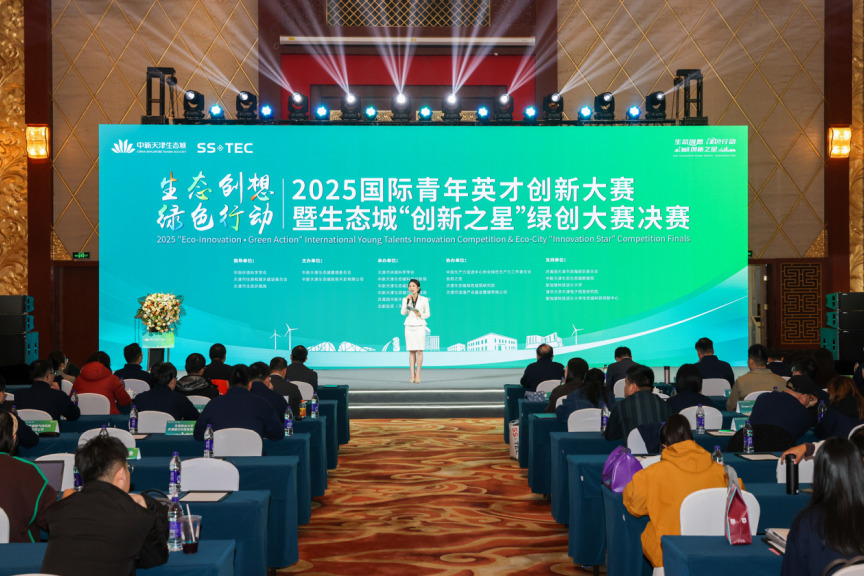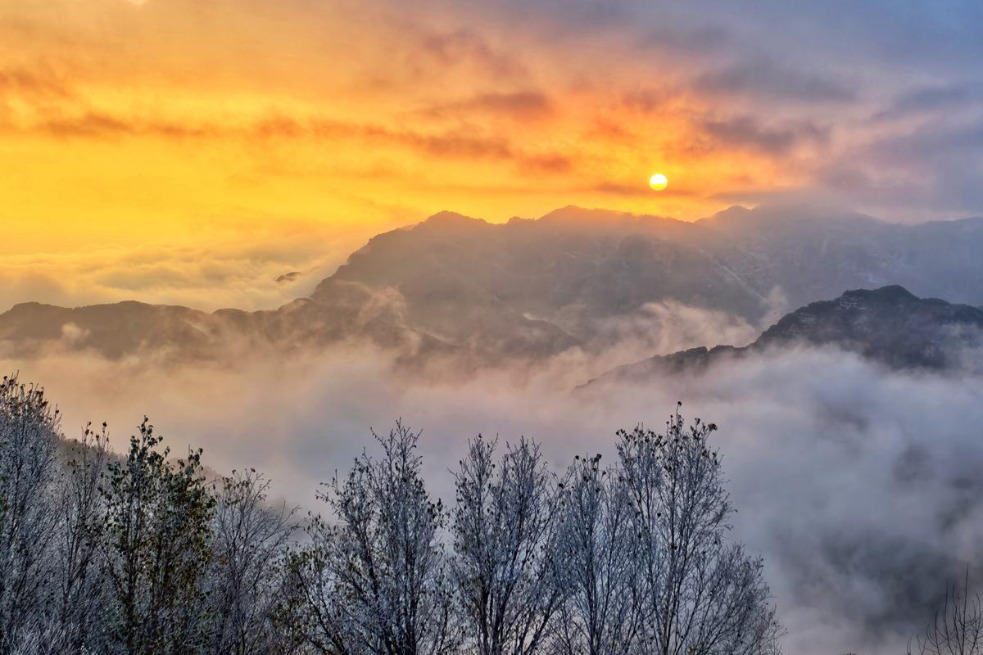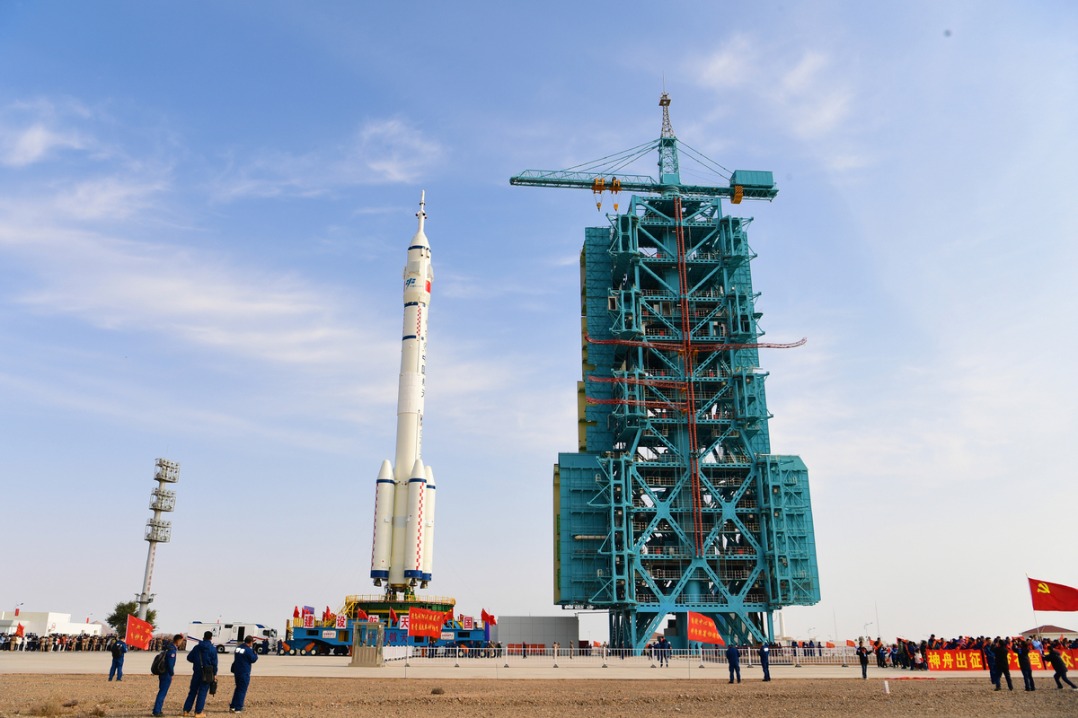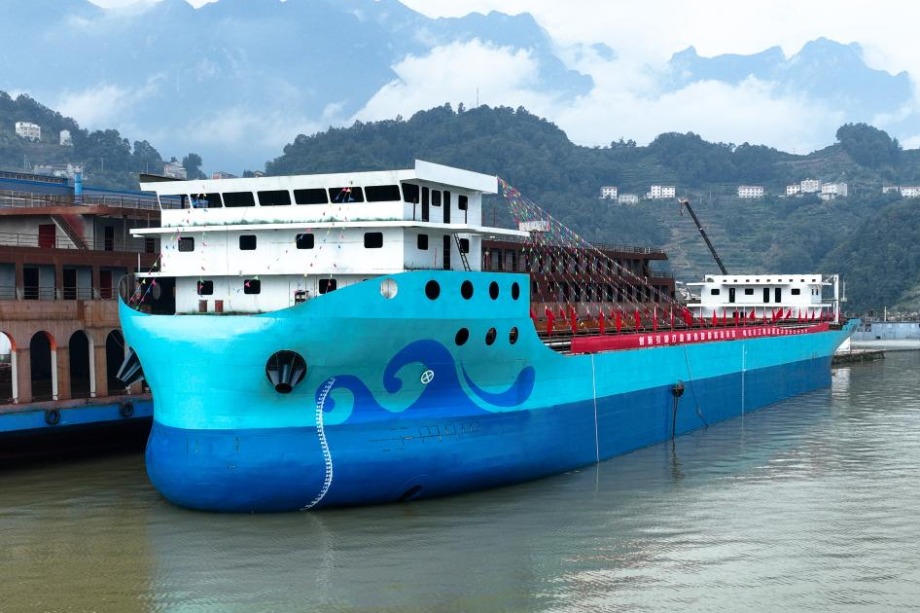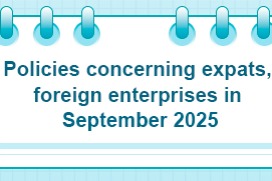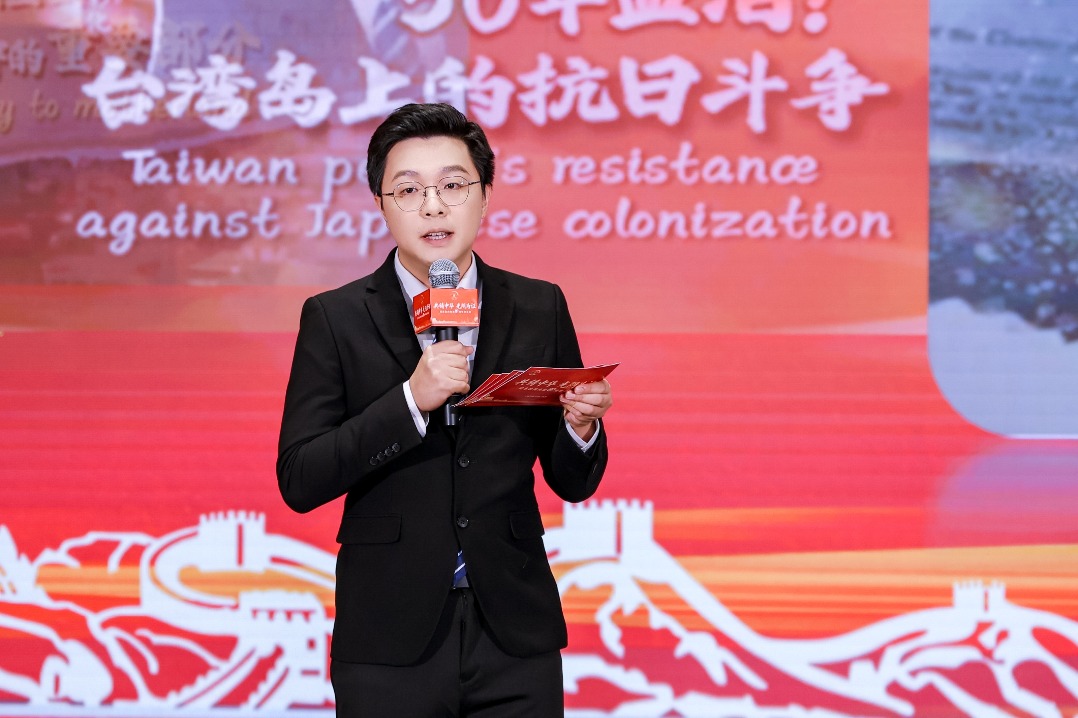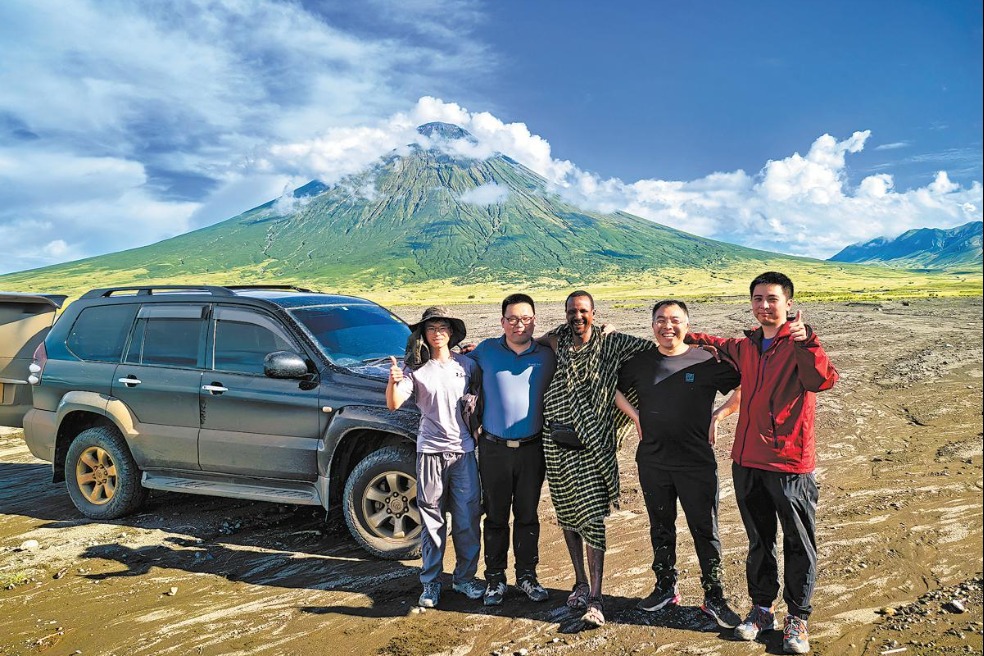Researchers invent greener method to turn saline-alkali wasteland into farmland

WUHAN -- A research team from Wuhan University in Central China's Hubei province has made a breakthrough in the remediation of saline-alkali land.
They have developed an eco-friendly and low-cost desalter that does not discharge high-salinity wastewater. This method holds promise for large-scale application, which would greatly contribute to safeguarding China's food security.
According to the United Nations Food and Agriculture Organization (FAO), over 13.81 million square kilometers of land are affected by salinization globally, accounting for 10.7 percent of the world's total land area, with countries such as Australia, Argentina, Kazakhstan, and China being the most severely impacted.
In China, some 360,000 square kilometers of land suffer from varying degrees of salinization. Remediating saline-alkali land has become a priority for the agricultural sector and research institutions.
However, desalination efforts in saline-alkali regions face challenges. Traditional remediation practices, such as soil washing, require large amounts of freshwater, the very resource these regions lack. Additionally, soil washing typically requires the use of soil conditioners, salt-tolerant plants need freshwater irrigation during their early growth stages, and the process requires long remediation cycles.
The team led by Deng Hongbing and Chen Chaoji from Wuhan University has used readily available materials commonly found in rural areas such as filter paper, straws and plastic mulch film to make a desalter. This innovative approach has enabled the direct use of locally abundant saline water as a working medium to extract salt from the soil, crystallizing it into solid salt that is ready for recycling.
According to a study published in the journal Materials Horizons, the researchers inserted straws wrapped with filter paper into saline-alkali soil covered with black mulch film, using the film as a photothermal layer and the straws as an evaporation layer. Sunlight is converted by the mulch film into 10-μm infrared radiation, powering the desalter's operation.
This approach prevents salt accumulation at the evaporation interface that would otherwise reduce light absorption efficiency, enabling unidirectional salt migration from soil to the desalter.
More importantly, this method eliminates the need for freshwater and prevents the discharge of wastewater into the environment, achieving "zero wastewater, zero freshwater" in saline-alkali remediation practice.
In addition to its eco-friendly design, the team prioritized simplicity and cost-effectiveness to ensure the device could be applied on a large scale. The design allows direct production using common straw manufacturing equipment, achieving remarkably low costs of just 0.03 yuan (about 0.4 US cents) per straw.
During the field test, the per-gram soil salinity decreased from 11.04 mg to 0.95 mg, a remarkable 93 percent reduction. It reached comparable remediation effect to freshwater treatment while fully meeting wheat growth requirements. Salt crystals were also observed on the straw surfaces, demonstrating successful salt extraction from the soil, according to the study.
Notably, this method proves universally effective across various saline-alkali soil types, including sandy, loamy and clay soils, with consistently high performance.
Based on the FAO data, the study predicts that this device alone could potentially increase global annual wheat production by approximately 7.8 million tonnes, which is enough to feed 20 million people each year.
With plans for industrial application underway, the team will continue exploring the technology's potential for other soil types.
- Major strontium ore deposit found in Jiangsu
- Sierra Leone hails Chinese investment as 'pivotal' to mining growth
- 'Undetermined status of Taiwan'? The historical documents rebut such claim!
- Stunning night sky captured over Liupan Mountain in Ningxia
- State Council oversees Dalian fishing boat incident probe
- Chinese lawmakers further review draft environmental code
















